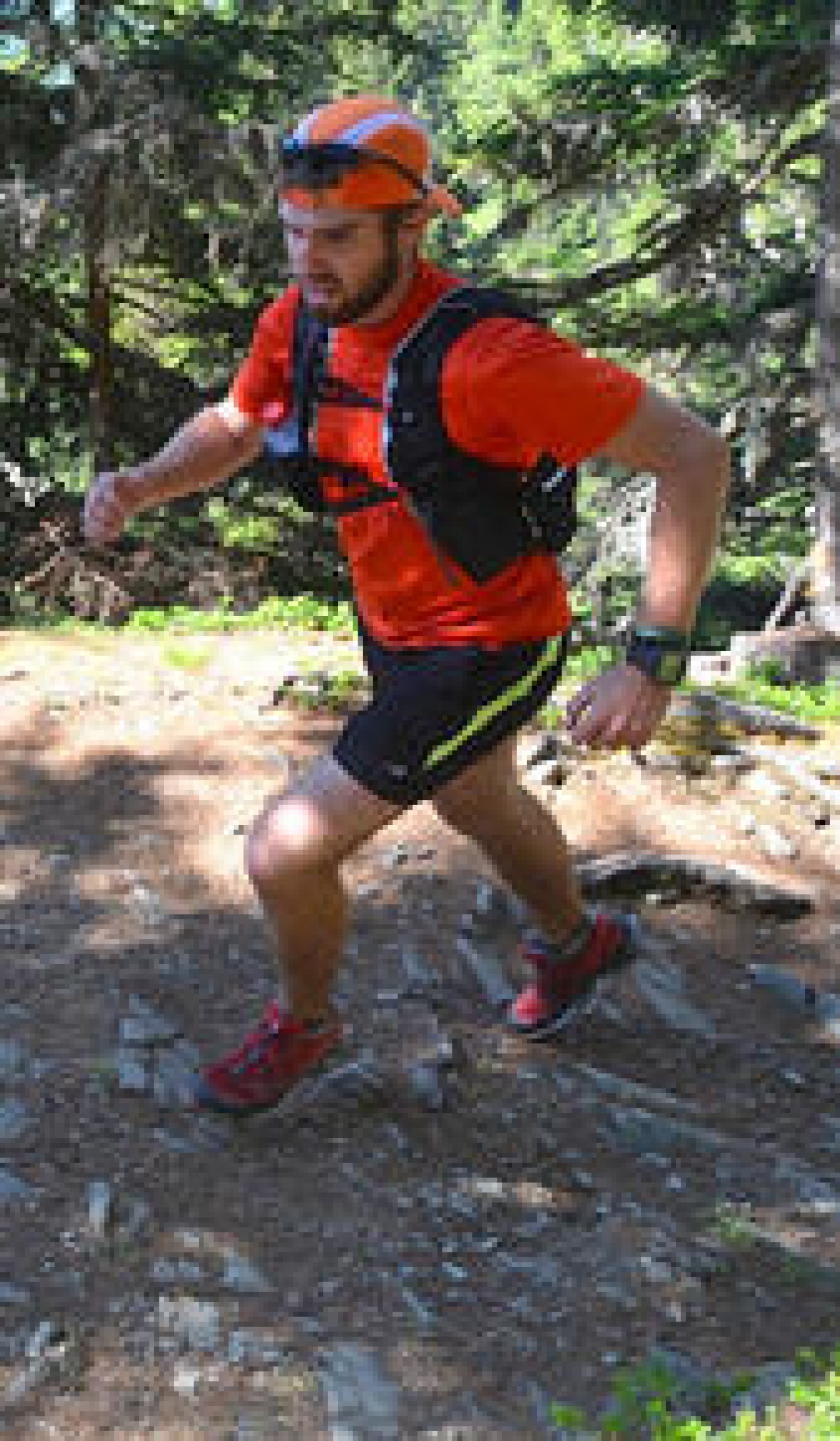 Intervals on the trails
Intervals on the trails
Many of us that struggle to find enough time to dedicate to training wonder how best to develop our VO2 max, given busy lives and tight schedules ('VO2 max' is shorthand for maximal oxygen uptake, a standard measure of aerobic fitness). In actual fact about 50% of our VO2 maximum is innate i.e. it's based on our own genetics… so you're to some extent blessed with being born relatively fit, or rather less so. That however does mean that the remaining 50% is in essence entirely up to you!
Recently the New York Times published an interesting piece on the 'single best exercise' - if you could do just one exercise to achieve the best level of personal fitness.. what should it be? Well, if only it were quite that easy! One sports science expert noted: "Ask a dozen physiologists which exercise is best, and you’ll get a dozen wildly divergent replies. “Trying to choose” a single best exercise is “like trying to condense the entire field” of exercise science, said Dr. Martin Gibala, of the kinesiology department at McMaster University in Canada.
Recently, in the debate as to the most time-effective way to improve VO2 max (given a limited amount of time to devote to training, what's the smartest, quickest way to get a boost to your fitness level) attention has turned to efficiency in training.
So, what is the best return on your investment time-wise? Traditionally the thinking was that you needed to go on lengthy runs to make the most improvement, but now the approach of certain experts is more toward high intensity bursts of more demanding exercise (interval training of a high intensity). High-intensity interval training (HIIT - sometimes also referred to as 'HIT') describes physical exercise that is characterized by brief, intermittent bursts of vigorous activity, interspersed by periods of rest or low-intensity exercise. The latest research appears to back up the idea that this exercise can prove especially effective.
Runner's World also published a good article on the concept - 'Train less for better results'. Too good to be true? Well, research does seem to indicate that HIIT has specific benefits. The Guardian also wroteon the discovery by Heriot-Watt University in Edinburgh that after just two weeks of HIIT previously sedentary men experienced considerable health gains. Bare in mind, though, that you should be careful when exercising at a high intensity level not to push yourself too far and, as always, be mindful of avoiding injury. Another key finding in sports medicine has been the need to stick with your fitness programme. You should focus then on regular workouts, even if you don’t spend a lot of time exercising.
The good news is that the health benefits of participating in an activity, even when short, follow a breathtakingly steep curve, and you'll certainly notice the benefits from a regular commitment to exercise!
Julia
